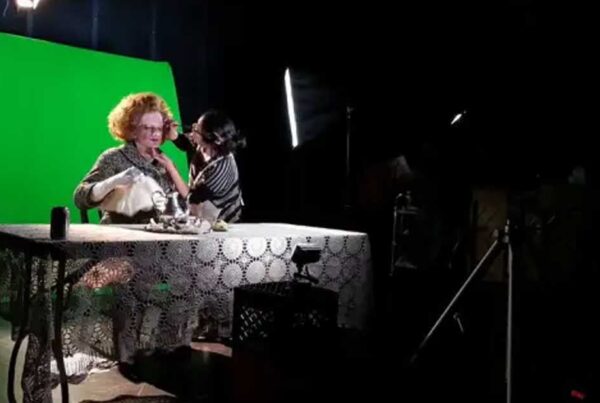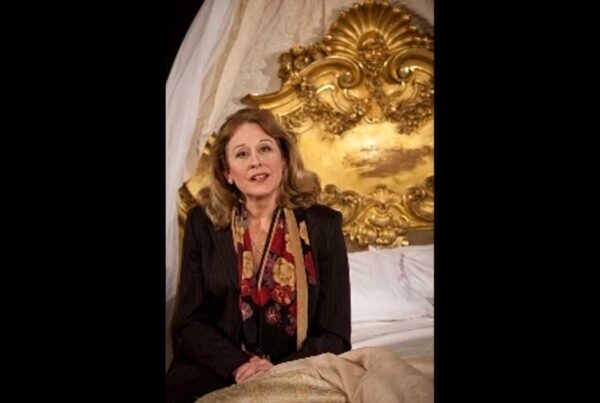“We always stayed in this hotel just off the Piazza di Spagna, here in my favorite room. I’d take them by the hand and stand out on that veranda. ‘Just look,’ I’d tell them… ‘Can you feel the layers of history? The secrets?’ ” -Lillian, in Madagascar
The Piazza di Spagna, or Spanish Steps, are a monumental stairway of 135 steps was built in 1723–1725. They linked the Bourbon Spanish Embassy and the Trinità dei Monti Church that was under the patronage of the Bourbon kings of France, both located above, to the Holy See in Palazzo Monaldeschi located below. The stairway was designed by architects Francesco de Sanctis and Alessandro Specchi. To the right of the steps is the house where English poet John Keats lived and died in 1821.
“To be a vestal was the greatest honor a woman could attain. They were selected when they were little girls..they were glorified. Just their touch would spare a condemned man from death. The key, of course, was keeping up the virgin part. If you didn’t, you were killed in a very interesting way…” -June, in Madagascar
The Temple of Vesta represents the site of ancient cult activity as far back as 7th century BCE. Built in 1417, Numa Pompilius is believed to have built this temple along with the House of the Vestal Virgins in its original form. Containing the sacred fire and the Palladium, an effigy of Athene (Minerva) believed to have been brought by Aeneas from Troy, this ancient temple was built in imitation of a primitive round hut, its hearth fire symbolizing the perpetuity of the Roman State. As the handmaidens of Vesta, the principal duty of the six Vestals was never to allow the flame to be extinguished, an arduous task. As the name suggests, a vestal virgin was a virgin, chosen while young (between 6-10), to serve for 30 years. Violation of the chastity vow the vestal virgin took was taken seriously. Punishment included being buried alive.
“Bernini’s Pluto and Persephone, the most exquisite statue I have ever seen. The goddess Persephone caught in the arms of Pluto, lord of the netherworld… Every muscle, throbbing with desire. I have always felt what is so haunting is that she is on the cusp of surrender.” -Lillian, in Madagascar
This marble sculpture shows Pluto, powerful god of the underworld, abducting Persephone, daughter of Ceres. By interceding with Jupiter, her mother obtains permission for her daughter to return to earth for half the year and then spend the other half in Hades. Thus every spring the earth welcomes her with a carpet of flowers.
A little-known fact is that most ancient bronze statues have been lost or were melted down to reuse the valuable metal. Roman copies in marble and bronze often provide our primary visual evidence of masterpieces by famous Greek sculptors. Although many Roman sculptures are purely Roman in their conception, others are carefully measured, exact copies of Greek statues, or variants of Greek prototypes adapted to the taste of the Roman patron. Some Roman sculptures are a pastiche of more than one Greek original, others combine the image of a Greek god or athlete with a Roman portrait head. By the second century A.D., the demand for copies of Greek statues was enormous—besides their domestic popularity, numerous public monuments, theaters, and public baths throughout the Roman empire were decorated with niches filled with marble and bronze statuary. (read more on The Met’s website)
On the left is Demeter, the Greek goddess of agriculture and abundance. On the right, her daughter Persephone, queen of the underworld. Both of them extend their right hand toward a boy…she never told me this part…all of their fingers are missing, as if cut away. What they were giving, reaching for, it’s impossible to tell. No one knows what they held, or what was supposed to happen next. Just another mystery.- Nathan, in Madagascar

Fragments of the Great Eleusinian Relief, 27 B.C.–14 A.D
The scene is usually explained as Demeter and Persephone giving Triptolemos the ears of wheat so that he may teach men how to cultivate grain. This relief is one of a number of Roman copies of a Greek marble relief made in the fifth century B.C. It is exceptional in that it reproduces a Greek work of art that still exists, now in the National Archaeological Museum in Athens. The original marble relief was found at the sanctuary of Demeter and Persephone at Eleusis near Athens, a site renowned for its secret cult of the Mysteries. Initiates from all over the Greek-speaking world participated in this secret ceremony of which we know very little. As Demeter gave grain to humanity, the rites at Eleusis may have celebrated this gift.




